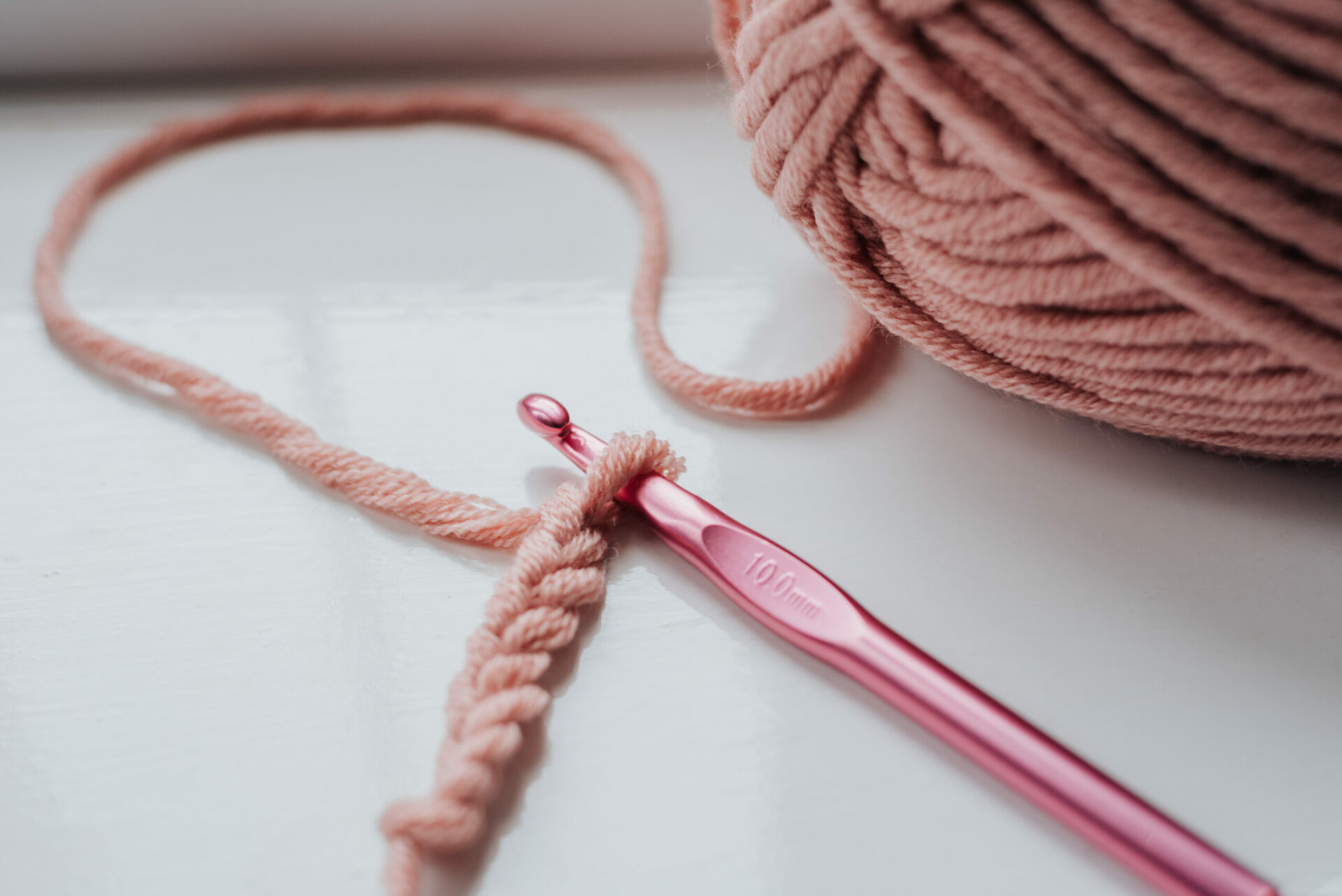Ball joint replacement is an important service for the health of your vehicle. Ball joints are a crucial component in the suspension system, connecting the control arms to the steering knuckles. As a result, when they wear out, they need to be replaced as soon as possible. But how much does ball joint replacement cost? This article will discuss the factors that influence the cost of a ball joint replacement and provide an estimated range of costs you can expect to pay for this service.A ball joint replacement is a procedure in which a worn or broken ball joint is removed and replaced with a new one. Ball joints are located between the vehicle’s suspension components, and they allow for the suspension to move up and down while providing support to the vehicle’s weight. The ball joint replacement process involves removing the old ball joint, replacing it with a new one, and then securing it in place so that it can function properly.
What Are the Symptoms of a Bad Ball Joint?
A bad ball joint can cause several serious issues with your vehicle. The most common symptoms of a bad ball joint include uneven tire wear, excessive vibration, clunking noises when driving over bumps or turns, loose steering, and difficulty turning. Uneven tire wear is one of the earliest signs of a bad ball joint. When one wheel is moving up and down more than the other while you’re driving, it’s likely because one of the ball joints has failed.
Excessive vibration in your steering wheel can also be caused by a bad ball joint. This usually occurs when you hit bumps or turns in the road and is caused by the suspension system misaligning due to the worn-out part. Clunking noises can also be heard when driving over bumps or turns as well as during braking and acceleration if one of your ball joints has gone bad.
Loose steering is another symptom of a bad ball joint. This can be dangerous because it makes it difficult to control your vehicle while you’re driving, especially at higher speeds. Difficulty turning is another sign that one of your ball joints may need replacing since they help to support the weight of the car and make it easier to turn corners. If any of these issues are present, it’s important to have the problem diagnosed and repaired as soon as possible for safety reasons.
How Much Does a Ball Joint Replacement Cost?
The cost of ball joint replacement can vary depending on the make and model of your vehicle, as well as the type of ball joint you need. Generally, a complete ball joint replacement, which includes both upper and lower parts, can cost anywhere from $100 to $400. If you only need to replace one or two ball joints, it can cost anywhere from $20 to $150 for each part. The labor costs associated with replacing a ball joint will depend on how long it takes the mechanic to do the job and the hourly rate charged by the shop. On average, a mechanic will charge between $50 and $100 an hour for labor.
In addition to replacing the ball joints themselves, there may be other related parts that must be replaced as well. These can include things such as tie rod ends, control arms, or even suspension bushings. If any of these parts are required for repair, you should expect an additional cost of between $50 and $200 for each part.
If you are dealing with an older vehicle or one that has been neglected for some time, it may also be necessary to replace other components such as wheel bearings or axle shafts. This would add additional costs to your repair bill since these parts tend to be more expensive than regular ball joints.
Overall, the cost of replacing a ball joint can range from several hundred dollars up to several thousand dollars depending on what needs to be done and what parts are necessary for repair. It is important that you get an accurate estimate from your mechanic before beginning any repair work so that you know exactly what you are getting into before starting any repairs.
What Does a Ball Joint Replacement Include?
A ball joint replacement typically includes the removal and replacement of the entire ball joint assembly. This involves disconnecting the upper and lower control arms from the steering knuckle, then removing the old ball joint by pressing it out. The new ball joint is then pressed into place and reattached to the control arms and steering knuckle. Depending on your vehicle, you may also need to replace other components such as bushings and rubber boots.
In some cases, it may be necessary to replace the entire suspension arm or steering knuckle in order to properly install the new ball joint. If this is the case, additional labor costs may apply. Once all of these components have been replaced, they will need to be properly aligned in order for your vehicle to drive properly. In some vehicles, alignment adjustments may be necessary after installing new ball joints in order for them to perform correctly.
Can You Replace Just One Ball Joint?
Yes, you can replace just one ball joint on your vehicle. Depending on the type of vehicle and ball joint design, it may be possible to replace an individual ball joint without replacing the entire suspension arm. However, it is generally recommended that you replace both ball joints at the same time if they are old or worn out. This is because if one is worn out, it is likely that the other will soon need to be replaced as well. Also, by replacing both at the same time, you will ensure that your vehicle has a more even suspension and tire wear. If you choose to only replace one ball joint, make sure to check all other suspension components for wear and tear and have them replaced as needed.
When replacing a single ball joint, it is important to choose a quality part that meets or exceeds OEM specifications. Be sure to follow all instructions provided in the repair manual when performing this repair. The process for replacing just one ball joint varies depending on the make and model of vehicle so make sure you have all the necessary tools available before starting this job. Additionally, it is important to have an alignment performed after replacement of any suspension component such as a ball joint in order to ensure proper tire wear and performance of your vehicle.

Do You Need an Alignment After Replacing a Ball Joint?
It is important to have an alignment after replacing a ball joint. A ball joint connects the control arm of a car to the steering knuckle, allowing for motion in two planes. When it wears out or fails, the suspension can become misaligned, which can lead to uneven tire wear and poor handling. To ensure that your vehicle is running properly after replacing the ball joint, it is essential to have an alignment performed afterwards.
Having an alignment after replacing a ball joint will help restore proper suspension geometry and ensure that your vehicle handles as it should. It will also help prevent premature tire wear, as misaligned tires can cause them to wear out more quickly than they should. If you’re not sure if you need an alignment after replacing your ball joint, it’s best to consult with your mechanic or dealership for advice on what is best for your particular situation.
In some cases, you may be able to replace the ball joint without needing an alignment afterwards. However, in most cases it is highly recommended that you have one performed as soon as possible after replacement. Having an alignment done will ensure that your vehicle runs safely and performs optimally, and will save you from having to make frequent trips back to the mechanic for repairs or maintenance.




